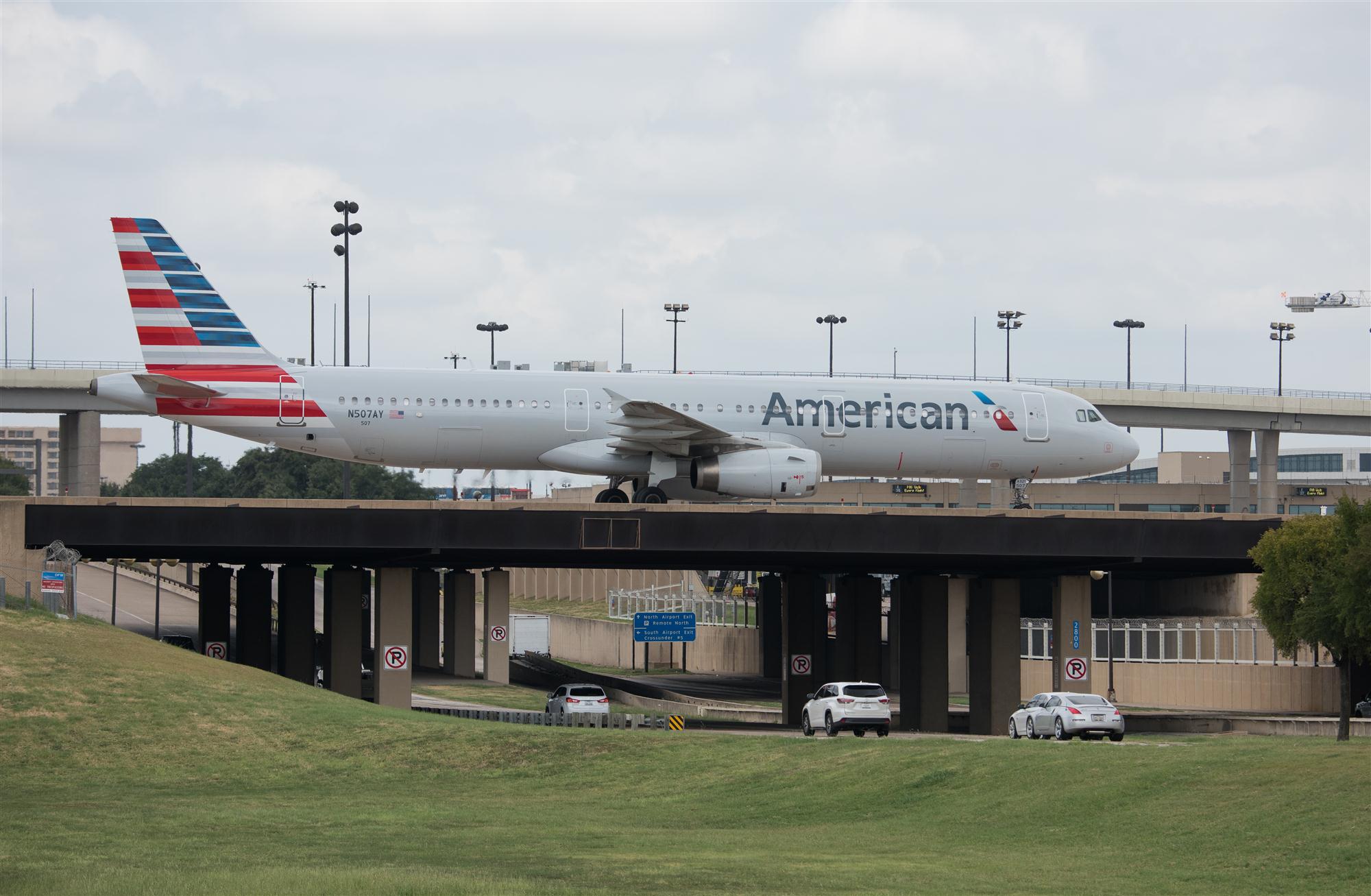Dallas Fort Worth International Airport is already one of the largest airports in the US as well as home to the largest airline in the world by several measures, but that’s not enough.
As part of its new cargo strategy, DFW aims to position itself as the premier North American gateway for freight between Asia and Latin America.
“We think we can do that because we’ve got a lot of Asian freighter capacity and we have a lot of American Airlines belly capacity, especially to Latin America,” says John Ackerman, executive vice president of global strategy and development at Dallas Fort Worth International Airport. “Three years ago, the airport didn’t have any flights to China. Now we have Beijing, Shanghai and Hong Kong. We also have Tokyo and Seoul. We’re very focused on connecting Asia and Latin America. That’s our primary goal for the next five years.”

DFW handles freighters from carriers such as Air China Cargo, Asiana Cargo, Cathay Pacific Cargo, China Airlines Cargo, EVA Air Cargo, Korean Air Cargo, Nippon Cargo Airlines, Qatar Airways Cargo and Singapore Airlines Cargo. In June 2016, Qantas Freight also began flying a weekly Boeing 747-400F on a Sydney-Chongqing-Shanghai-Chicago-Dallas Fort Worth-Los Angeles-Sydney routing.
While Miami International Airport is traditionally considered to be the gateway for Latin America, Ackerman says that the two airports aren’t entirely in direct competition because, while DFW’s South American network might not be as large as Miami’s, Dallas offers more Mexican connections and non-stop flights to Asia.
“There are many airports in the US that have over the past 20 years looked at how strong Miami is in cargo, particularly in Latin America, and said, ‘If we just get 25% of Miami’s business, we’ll be very happy,’ but they’ve all failed,” he says. “There are reasons why Miami’s so strong. When we started thinking about what we wanted to do with cargo, we decided we would look at where we’re strong. We’ve specifically said that we have no intention of going after Miami.”
The airport recently commissioned a study that looked at the total landed cost for almost 600 different combinations of origin, destination and commodity.
“What we now know is that we’re the best option for about 30% of those lanes, so now we’re focusing our resources where we have a competitive advantage,” Ackerman says. “When we go talk to people, it’s not very credible if we just tell them to give DFW a try. But if I show them the model, I can say I know for a fact that for salmon going from Chile to Hong Kong, DFW’s the best option because the total landed cost is better and the total elapsed time is better. I can also say that for flowers going from Colombia to the UK, Miami’s the better option. We can actually show data and we’re not claiming to be the best at everything.”
In response to feedback from shippers and forwarders, DFW announced in February 2017 that it had secured board approval to invest in a dedicated cold chain facility, scheduled to open later this year. According to Ackerman, the airport also aims to attain the Center of Excellence for Independent Validators in Pharmaceutical Logistics certification from the International Air Transport Association.

Aside from the new cold chain facility, the airport intends to upgrade the capabilities of the rest of its cargo infrastructure, some of which was built more than 20 years ago and not suitable for today’s market demands.
“Our commercial development team is putting together a plan to begin to redevelop our cargo area,” Ackerman says. “We think it’s about a 20-year plan. By the end of this year, we’ll be ready to make our first announcement of what goes next.”
In terms of trade, Dallas already sees a large number of imports from Asia, but Ackerman says that he and his team would love to be able to stimulate Asian demand for US products so that the flows are more balanced. As an example, he says the airport is targeting the growing demand in China for proteins.
“A majority of the US beef production is actually within the DFW catchment area,” says Ackerman. “That’s a goal of ours, but we’re not there yet. Other commodities we’d like to get to China and Asia include berries and avocados from Mexico. We’d love to be able to get some sort of backhaul market going because it would change everything about how freight flows through the US. But we’re a long way from that and we’ve got a lot of work to do before we’d be successful with that.”
According to Ackerman, one of the main hurdles to that is the fact that, if he asked someone about US cargo gateways, the answer would probably be Miami, New York, Chicago and Los Angeles.
“When I’m able to explain to people that we have no slot constraints, that we have a good road feeder system, and that we’re inexpensive, they agree it makes sense,” he says. “But obviously I can’t explain it to everyone in the world.”
Under DFW’s strategic plan up to 2020, the airport has committed to its board to grow the cargo business at a rate that is 50% higher than the US cargo industry. Although a challenging task, Ackerman says that cargo at DFW grew approximately 8% in 2016 and that it’s on track to beat that this year.
“Part of this is just having a plan,” he says. “Now we have a proper cargo strategy, and we’re seeing the results.”
By Jeffrey Lee
Asia Cargo News | Abu Dhabi



